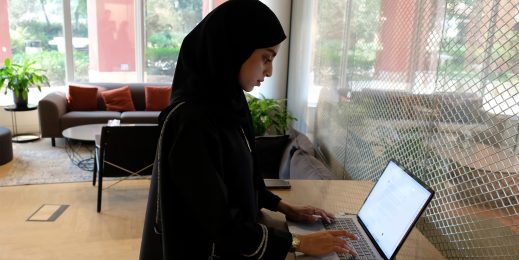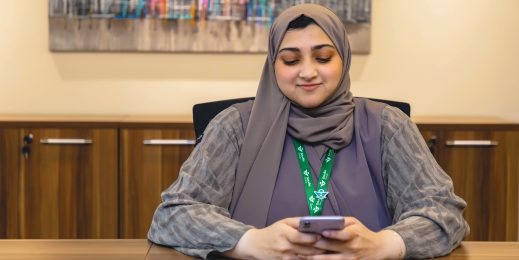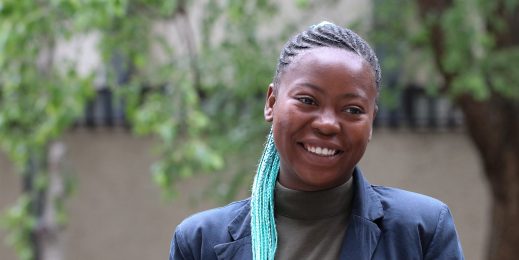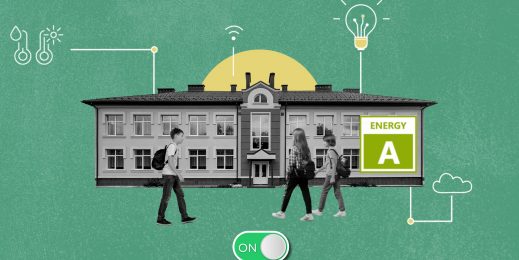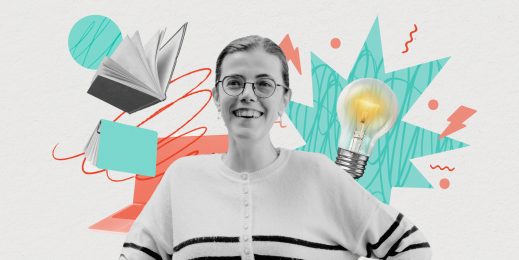
How Technology is bridging the Accessibility Gap From Classroom to Boardroom
At Microsoft, our mission is to enable everyone to achieve more. This starts in Europe’s classrooms. School is where most of us spend our formative years, honing various skills, preparing for the world of work, and growing alongside our peers. It should be an environment where all children, including those with disabilities, can thrive.
Technology has a vital role to play in ensuring that Europe’s schools are inclusive in supporting young people with disabilities to learn alongside their peers wherever and whenever possible. At the recent BETT 2020 education technology show, Microsoft presented some of our newest solutions geared towards increasing accessibility in education: from the new Microsoft Edge browser with built-in tools allowing students to change text size, read text aloud and ink on PDFs, to the live captions feature in OneNote that records and transcribes text in real-time, while still allowing students to pause and highlight passages as they go.
Accessible technology can also foster collaboration in the classroom among students of varying abilities. Jolanta Majkowska, who has been a special needs educator in Poland for over 25 years, highlights the power of technology in helping her students stay engaged and focused as they get to grips with group projects:
Some of my students struggle with public speaking and presenting their ideas aloud. Using Microsoft Teams gives them space and time to prepare and then we can collaborate together using the Forms feature to check their work and address any knowledge gaps.

Allowing students to learn and absorb knowledge at their own pace and in a way that puts them at ease is another key advantage. Zyta Czechowska, another special needs educator from Poland, explains how:
My role is to prepare my students to live and work in today’s world. I can’t imagine doing that without technology, which helps them learn, but also grow their confidence and independence. Zyta, who was named by the “Głos Nauczycielski” as Teacher of the Year in 2019, shared the example of students on the autistic spectrum who use Office 365 to collaborate and communicate with their peers.
Another key advantage of accessible technology is how it can help teachers adjust to different levels of ability within the same classroom. “Within one department we have a variety of students with different skills and different abilities”, notes Zyta. “There are students who read and write fluently and those who do not. AI-based solutions that read text in real-time can play an amazing and truly impactful role in improving my students’ lives.”
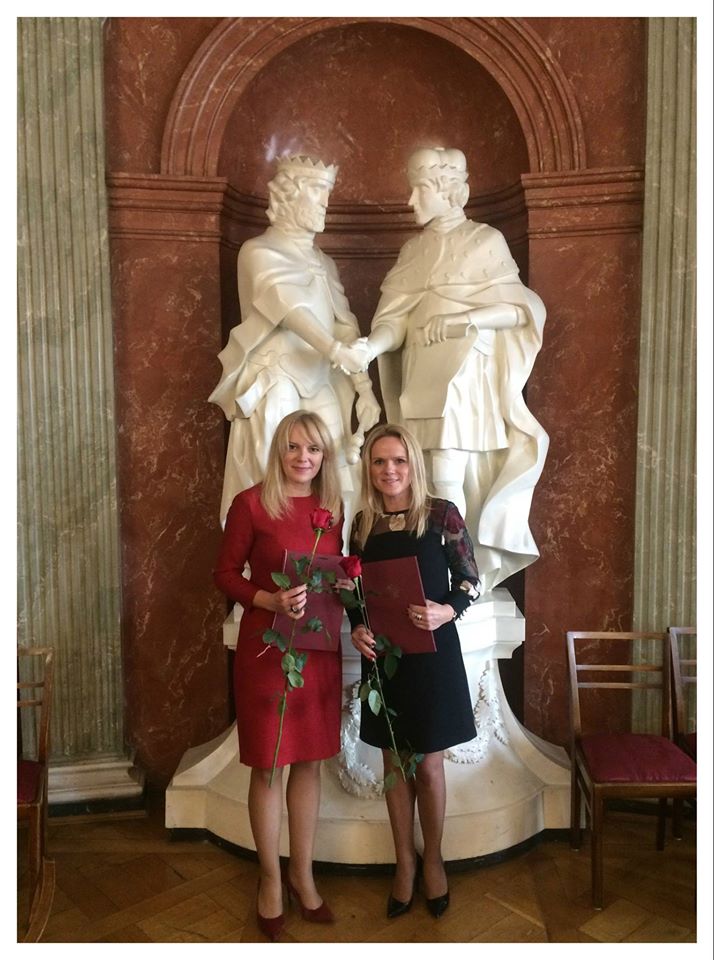 Zyta and Jolanta – along with many other teachers across Europe – are united by their commitment to enabling every student to achieve their full potential, by making learning as exciting and engaging as possible. To do this, they need easy, affordable access to the right tools. Unfortunately this is not always the case for specialist solutions, which are not funded or marketed in every EU region.
Zyta and Jolanta – along with many other teachers across Europe – are united by their commitment to enabling every student to achieve their full potential, by making learning as exciting and engaging as possible. To do this, they need easy, affordable access to the right tools. Unfortunately this is not always the case for specialist solutions, which are not funded or marketed in every EU region.
This is where built-in tools like the Microsoft Immersive Reader come in. Available on Microsoft Office 365, but also as an API for independent software developers to use, this tool is customisable and adaptable depending on a student’s specific disability. Students with dyslexia, for instance, can hear the text read aloud as well as seeing it spaced apart or broken down into syllables; while students with low vision can intuitively change the size, font, or text color.
When it comes to creating a more inclusive society, however, education is just one piece of the puzzle. Making the leap from education into employment is difficult for many young people, but it can be especially challenging for young people with disabilities, who are disproportionately excluded from the world of work. In the European Union, only 47 percent of persons with disabilities are employed, compared to 72 percent of persons without disabilities, and the unemployment rate of people with disabilities aged 20-64 is 17 percent – far higher than the European average of just 10 percent.
Speaking at BETT 2020, Hector Minto, Senior Technical Evangelist for Accessibility at Microsoft, explained how workplaces need to anticipate a wider range of needs among their workforce, both to retain existing employees and recruit from a more diverse talent pool.
With education systems becoming more aware and instinctively inclusive of disabilities, the transition into the workplace can often be jarring. If a workplace’s culture isn’t proactively positive about accessibility, people with disabilities aren’t going to feel able to put their hands up,” Hector explained. “For instance, 75 percent of people with dyslexia don’t tell their employers. That’s why it’s vital that accessible tools are readily available and easily discoverable. Employees need to be able to find and use them intuitively, without having to ask.
For Hector, this isn’t just a question of doing the right thing by employees of all abilities; it’s also a business imperative. As people live longer, they are working longer too – and they want to be working in more inclusive environments. To attract and retain the best talent, employers therefore need to be proactive about boosting accessibility. Beyond this, Accenture research has also shown that companies which embrace accessibility initiatives tend to outperform other companies in revenue, net income and economic profit margins.
Finally, companies in all sectors and industries can benefit from a more diverse workforce to generate new ideas and boost innovation. Our own experience at Microsoft has shown how some of our greatest innovations come from colleagues with disabilities, who initially aimed to solve concrete accessibility challenges, but ended up creating solutions with far wider applications as well.
Microsoft will continue to work to make sure that our technologies meet the changing needs of a diverse population, and to support our customers and partners in making their organizations as inclusive and welcoming as possible. We live in a wonderfully diverse world, where every individual has something unique to contribute – it’s time for our classrooms and boardrooms alike to reflect this.








